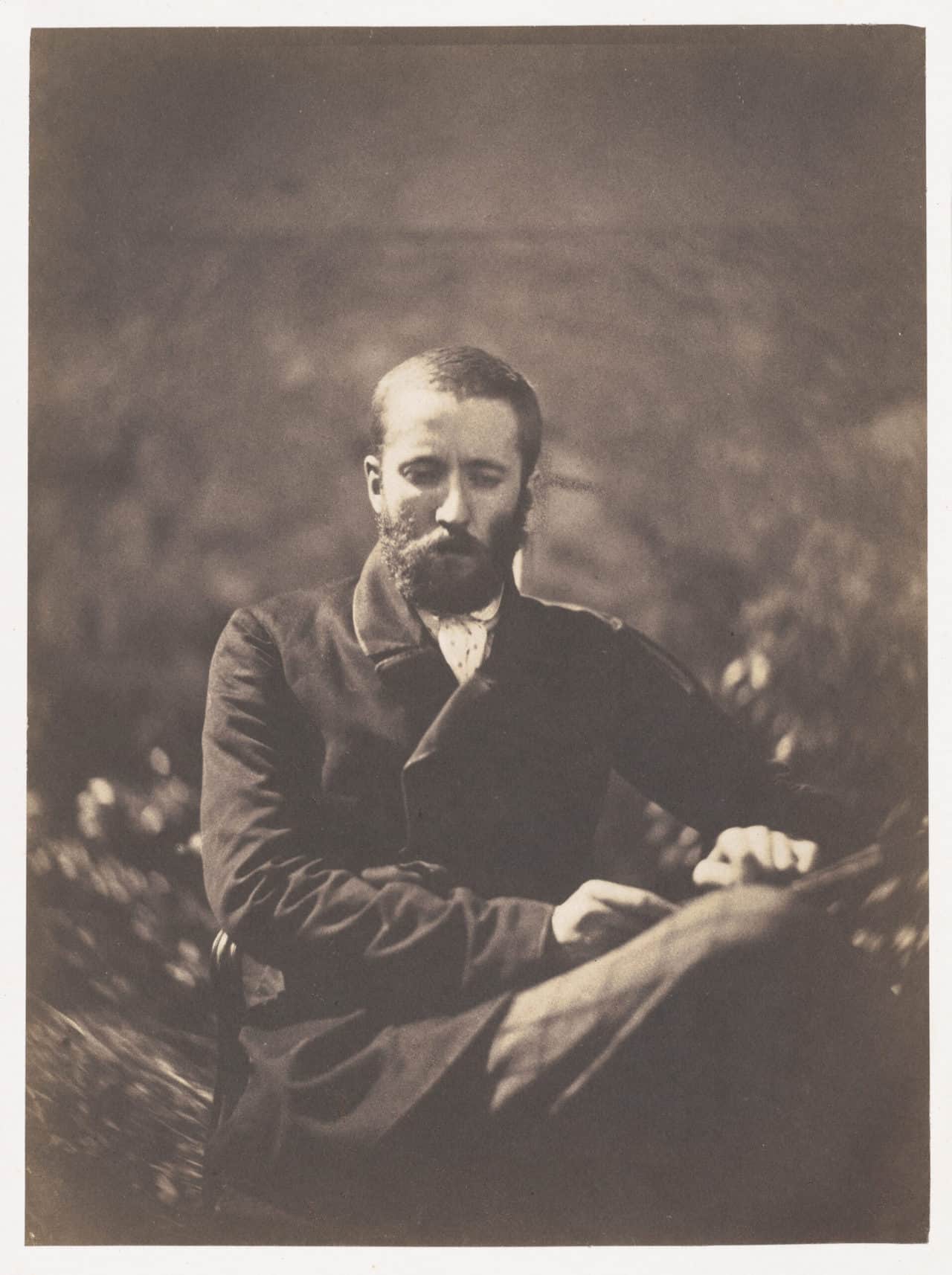Therapy
Problem-Solving Therapy: Overview and Effectiveness
THC Editorial Team January 27, 2021

Contents
- Overview
- The History of Problem-Solving Therapy
- How Does Problem-Solving Therapy Work?
- How Effective Is Problem-Solving Therapy?
What Is Problem-Solving Therapy?
Problem-solving therapy (PST) is a skills-oriented form of psychotherapy that focuses on effective coping strategies to improve a person’s quality of life and to relieve their emotional distress. Life stressors range from minor to major difficulties, such as divorce, grief, finances, lack of purpose, tense relationships, and even traffic. PST equips people to handle triggers in real-world settings.1
Stress impacts an individual’s physiology and may be a major contributor to physical ailments and mental health issues. However, when clients learn problem-solving skills, they can more easily handle stressful situations. PST aims to bolster people’s ability to solve problems creatively. It also helps people identify stressors, improve emotional responses to stress, reduce avoidance behavior, and build self-confidence in difficult situations. Overall, PST helps people feel more empowered as they devise concrete solutions to everyday problems.2 This form of therapy is appropriate for people of any age.
What Is the History of Problem-Solving Therapy?
PST was first developed in Great Britain for physicians to use in primary care settings. In the United States, it is supported by Medicare,3 meaning it has institutional and government support as an effective intervention. People experiencing mental health issues are often unable to resolve personal difficulties that may also be associated with somatic problems. PST was devised specifically as a way for physicians to help their clients learn a suite of generalized skills that they can apply to many different areas of their lives and stressful situations. It has since been expanded, and mental health clinicians utilize this intervention as a therapeutic approach through which clients learn skills that they can apply to any difficult experiences.
How Does Problem-Solving Therapy Work?
PST sessions usually occur once per week and have been proven to be effective within 16 sessions in certain circumstances.4 However, every individual’s needs vary. Clinical approaches to PST may differ but usually include certain steps that teach individuals how to adapt in different contexts:1,3
- Problem identification includes learning how to identify and frame problems that need to be addressed.
This step breaks down a broad problem into smaller components in order to effectively target main issues. By specifying and simplifying difficulties, clinicians are better able to guide clients through the next steps.
- Strategizing involves learning how to identify obstacles that may hinder the person’s ability to solve a problem in a particular situation and then discussing effective strategies to deal with obstacles. Identifying obstacles allows people to learn how to avoid stress-related triggers.
In this step, people document anything that may hinder progress toward their goals. Those goals should be specific, measurable, achievable, and relevant. Clients specify their long-term and short-term goals, such as career choice or dealing with a toxic work environment, and then weigh the pros and cons of each potential decision.
- Solution generation involves learning how to approach problems or life stressors creatively and how to brainstorm potential solutions.
In this step, professionals recommend leading older clients through this exercise to display how the brainstorming process should proceed because it may be challenging for those experiencing declines in cognitive functioning.
- Action involves learning how to choose and implement a solution from the previous step. Patients are taught to evaluate the outcomes of their solutions, and if a solution proves ineffective, they are encouraged to implement another one.
In this step, clients assess the effectiveness of their solutions. If a solution led to an undesirable resolution, clients and clinicians often try to redefine issues in order to approach them through new perspectives.
How Effective Is Problem-Solving Therapy?
PST may help improve the following mental health conditions:5,6,7,8,9,10
- major depressive disorder (MDD)
- anxiety-related issues
- generalized anxiety disorder (GAD)
- emotional distress
- suicidal ideation
- personality disorders
- emotional distress resulting from medical illnesses
- general stress or day-to-day stressors
Dr. Kirkham and colleagues conducted a meta-analysis in which they reviewed the existing literature on PST as a treatment for major depressive disorder (MDD) among older people. The researchers found that PST significantly reduced depressive symptoms, suggesting that it is an effective treatment for MDD.6
Various studies have investigated PST’s effectiveness for primary care patients’ depression and anxiety. Dr. Zhang and colleagues conducted a systematic review and meta-analysis of 11 studies with over 2,000 primary care patients. They found PST was effective in treating depression and anxiety, although there was a stronger treatment effect for depression. Physician-involved PST studies showed a significant effect on primary care depression and anxiety as well.10








